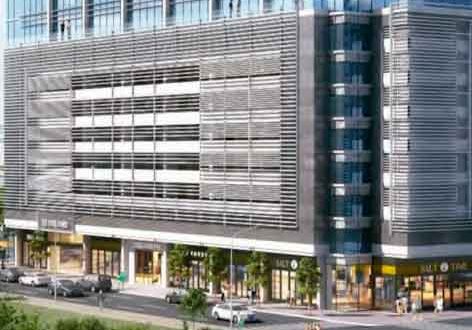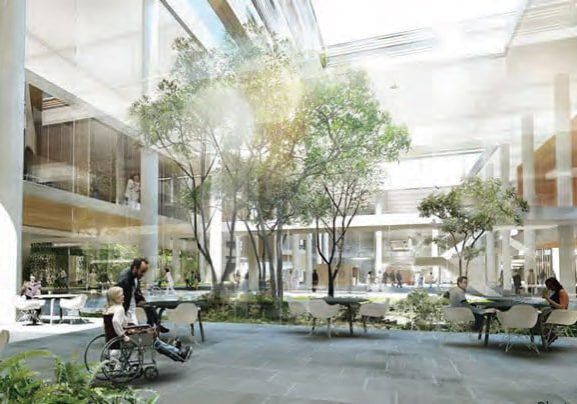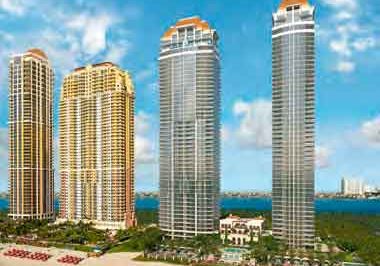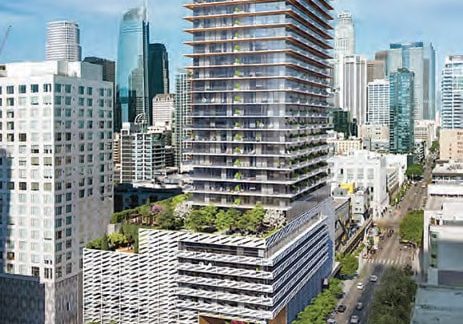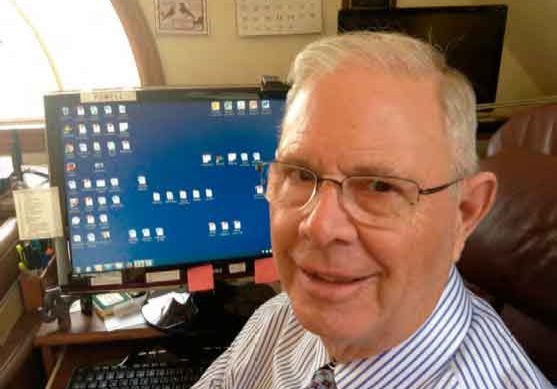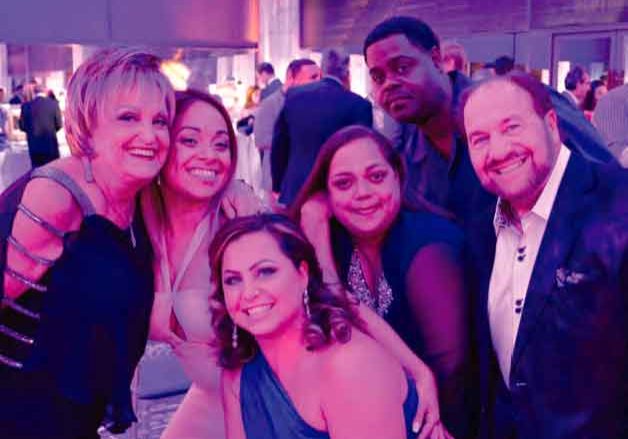Further growth underscores another enjoyable two days of professional presentations.
Every year, I seem to say this symposium is getting better and better, and this year is no exception. Once again, there were more delegates and a high international presence. The two key factors to its success are that it is an incredibly good value, and the quality of the papers is very high, which is a result of peer reviewing. It is also supported by a small exhibition from the industry, including components suppliers, control-panel manufacturers and the University of Northampton.
More than 140 delegates representing 16 countries came to Highgate House in Northampton, U.K., on September 19-20. Following the welcome and introduction, session one, chaired by Nick Mellor, opened. The session was entitled “Engineering” and consisted of four papers. The first, on “Transient Dynamic Computation for Mega-High- Rise lifts,” was presented by Gabriela Roivainen. This provided a superb opening for what was to follow. Osamu Furuya then presented “A Study on the Proper Performance of Lift Buffers in Revised JIS A 4306 Using Non-Linear Damping Characteristics,” followed by Carlos Feria, who presented “New Ways to Approach EMC in the Lift Industry. Case of ITER Project.” A slightly unusual interruption by way of a fire alarm disturbed proceedings briefly, but the session got underway quickly again with Ryoto Matsuzaki, who presented “A Study on Compressive Deformation of Escalator Truss During Earthquakes Considering Large Deformation.” Four great papers, all presented by overseas presenters, demonstrated the global attraction of the event to both delegates and presenters.
As usual, the first session provided sufficient discussion points for a much-needed break. Delegates retired for coffee and conversation before the second session, chaired by Adam Scott, past chairman of the Chartered Institution of Building Services Engineers Lifts Group. The session on “Traffic and Design, History and Theory” was comprised of three papers by well-known industry experts. Dr. Gina Barney opened with “The History of the Human Lift Traffic Design Expert,” followed by Dr. Richard Peters, who presented “Expert Systems for Lift Traffic Design.” The final paper of the session was “Zoning a Building in Lift Traffic Design” by Mirko Ruokokoski.
Lunchtime! Highgate Hotel excelled, as usual, with a super lunch offering, over which much discussion could be heard.
The first afternoon session was chaired by your author and covered traffic and design in practice. Len Halsey opened with a very interesting paper on goods lifts. This started discussion about practical problems in buildings and the lack of thought sometimes given to the need for goods lifts. Next was Barry Vanderhoven, who presented “Lift Traffic Analysis for a Proposed Inner-City Development,” which considered different outcomes using a range of call-handling algorithms in detail. This was his first symposium paper, and we look forward to many more. The session was completed by Jochem Wit, who gave a paper about “Boosting Traffic Capacity in the A’DAM Tower.” This proved to be a challenging project, following the change of use of a building in Amsterdam.
After coffee, the closing session of the day, “Technology,” was chaired by Gabriela Roivainen. Dr. Bryan Laubscher, the conference keynote speaker, opened the session with “The Space Elevator Concept and Dynamics.” This was a shortened version of his presentation given the previous evening. He was followed by Ben Langham with “A Retrofit Solution for Remote Lift Monitoring.” The final paper of the session was given by Rory Smith, a regular speaker at the symposium, who presented “Robots, Non-Human Passengers.” We learned that, at least, robots are more predictable than human passengers.
The room was then cleared to make way for the conference dinner. Your author, as chairman of the educational trust that runs the symposium, opened the dinner with a short speech about the success of the current iteration, the Hong Kong event last May and future plans. None of this would be possible without the tremendous support of Elizabeth Evans of Peters Research Ltd., who was presented with a bouquet of flowers and the thanks of all present. One of the reasons we keep going back to the same venue is the excellent food and service, and this year’s dinner did not disappoint. Then, it was only a few steps to the bar, where the networking continued. The first day was a huge success, and everyone went to the bar looking forward to day two.
Day two opened with another traffic session, chaired by Barney, that looked at simulation. The first paper, “Using the Monte Carlo Simulation to Evaluate the Round-Trip Time Under Destination Control,” was presented by Dr. Lutfi Al-Sharif and proved to be expensive when he challenged the audience with a GBP5 (US$6.61) bet with a probability question. The moral of the story is that, if you challenge a reasonably intelligent audience, you will lose a fiver. Maria Abbi, in a joint paper with Peters, then presented “Determining the Number of Simulations Required for Statistically Valid Results,” followed by “Traffic Analysis for a Multi Car Lift System used as Local Group” by Stefan Gerstenmeyer.
Coffee was, once again, gratefully received, after which Benedikt Meier chaired a marathon five-paper session on safety and education. Nick Mellor opened with a joint presentation with Smith on “Lift Engineering Design Challenges From the Postgraduate Programme Perspective.” Satoshi Fujita followed with “Investigations on Safety Measures for Lifts and Escalators; Outcomes from the Research Funded by the Building Standard Development Promotion Program.” The next paper, “Optimisation of a Learning and Training Portfolio at a Multi-National Lift Manufacturer,” was presented by Dr. Stefan Kaczmarczyk on behalf of its author, Thomas Ehrl, who was unable to attend. This was followed by “Study on Seismic Response of Escalator in Consideration of Interaction With Building During Large Earthquakes” by Kimiaki Kono and “Report on Seismic Damages of Lifts and Escalators by Large Earthquakes in Japan” by Keisuke Minagawa.
Following another superb lunch, the final session focused on maintenance and was chaired by Halsey. The opening paper was “Lifting Elevators Into the Cloud — Permanent Detection of Wear Using Intelligent Sensors” by Tim Ebeling, which was followed by your author’s paper, which asked the question, “How Many Breakdowns Are Acceptable?” Then, Charles Salter presented on “The Effectiveness of Remote Lift Monitoring With Regards to Improving Lift Reliability.” The final paper was entitled “Escalator Weightless Weight Testing: A Case Study from a U.K. Metro.” This was presented by Al-Sharif, who was still bruised from the loss of GBP5 from his previous presentation.
All I can say is, “What a fantastic two days.”
The symposium was closed by Kaczmarczyk and Peters, who thanked the presenters, delegates and exhibitors. They also announced the dates for the next three events. The 10th symposium will be held on September 18-19, 2019, at Highgate House. In 2020, the 11th symposium will be in Shanghai on May 4-5, with the 12th symposium on September 23-24 later that year, again at Highgate House.
For more information or to submit papers for the 2019 meeting, visit www.liftsymposium.org. Papers from this and past years can also be downloaded here without charge.
Get more of Elevator World. Sign up for our free e-newsletter.



